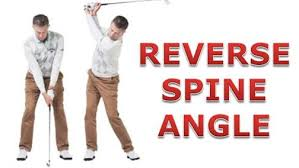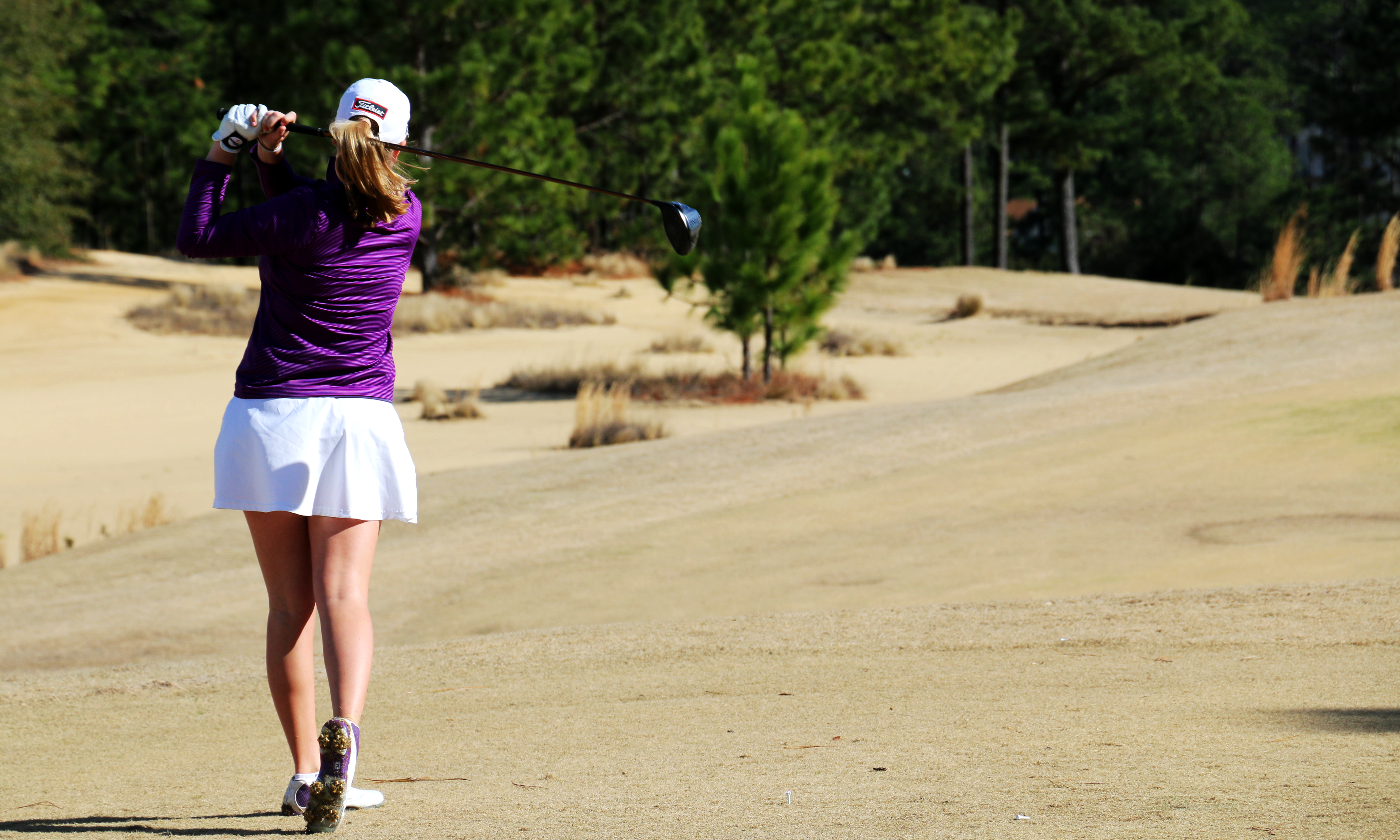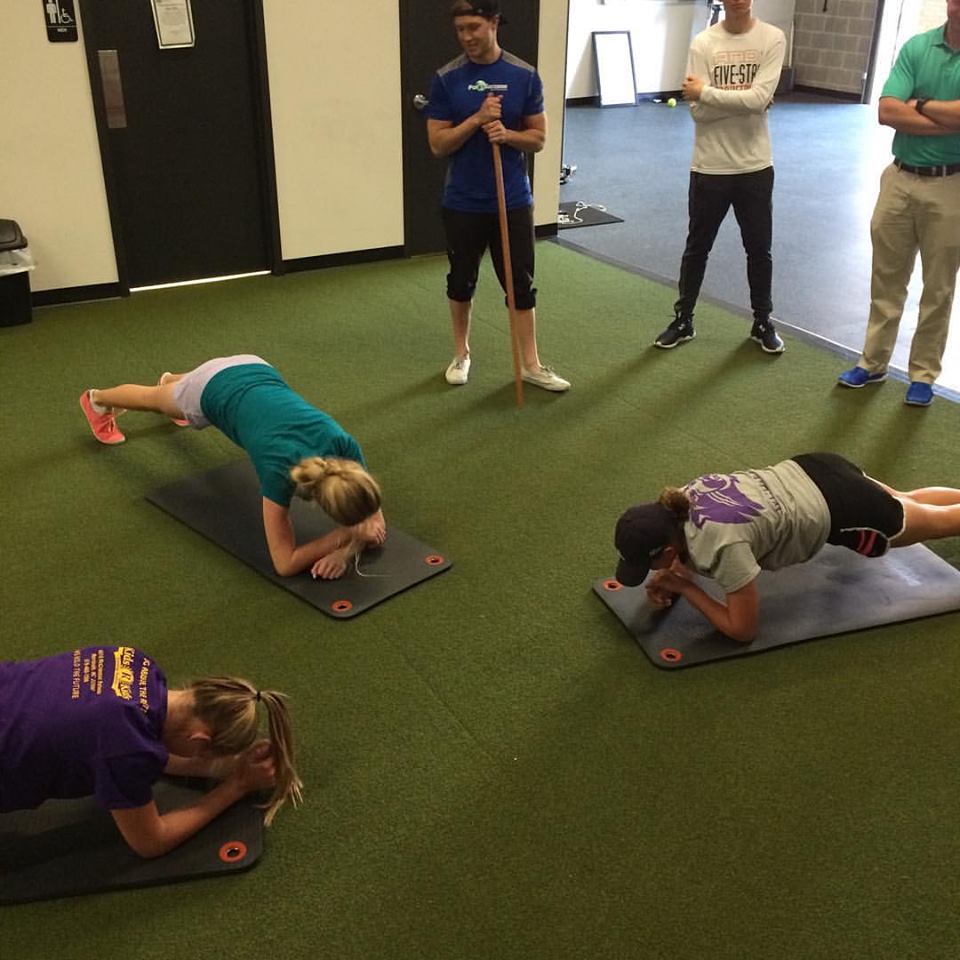This article is part of guest series to the RecruitPKB “Complete Golfer” program by Chris Finn, MSPT, CSCS, owner of Par4Success in Cary, North Carolina.
—
The most common injury in golf is back pain, accounting for over 35% of all injuries sustained in the sport. These are the numbers for adult golfers. There have not been any studies on the frequency in junior golfers, but based on the fact that whenever I ask a large group of junior golfers to raise their hands if they have had back pain when playing golf and about 60-70% raise their hands, I am guessing the number might be higher in juniors.
The number of 10-14 year olds who seek out therapy for their back pain related to golf is both frightening and 100% preventable. Last month I wrote about the great strides that have been made in the world of Little League Baseball and the value that could be brought to Junior Golf by starting to take the overuse issues head-on; education is the first step. What follows are the two most common causes of back pain in juniors and how we fix it (these are also very common causes in adults FYI).
- Hypermobility
We see this very often, particularly in junior girls, who can put their feet behind their heads, bend their elbows and thumbs in crazy positions and have more movement in their golf swing than a circus contortionist. The tricky part with these juniors is that they sometimes report “feeling tight” and that they feel like they need to stretch. Some of them may even struggle to touch their toes!
The reason they feel tight or “can’t” touch their toes is because their nervous system is trying to exert some level of joint control by restricting their movement as much as possible. The problem if you give these kids stretching is that you exacerbate their problem…unfortunately this happens frequently. The most common one is when a child is told to do hamstring stretching to fix their back pain.
The fix for these juniors is stability work for the core, shoulders and hips. Getting stronger is the cure for fixing this type of back pain and preventing it from coming back. As these juniors become stronger, they maintain their flexibility (often times gaining more active mobility because they can now stabilize) and are actually able to control it; making them much more efficient on the course and pain free.
- Poor Hip/Core/Shoulder Stability
This limitation is rampant among both developing boys and girls. Similar to the juniors who are hypermobile, their bodies often will attempt to restrict flexibility to increase its control over movement. Unlike the hypermobile juniors, however, this can lead to actual tissue tightness and loss of significant flexibility.
The key to helping these juniors is to first identify the flexibility limitations that have developed and address those. Simultaneously, we will want to start working on improving the stability limitation that is present and the cause of the flexibility problem. The program for this junior is going to be very similar as the hypermobile junior with the exception that we will need to fix the mobility limitation that is present as well.
These two core foundational issues lead to poor movement with a lot of compensation and eventually lead to more acute issues of poor hip, spine and shoulder rotation. These three areas of rotation are paramount for an effective, efficient and safe golf swing. If a junior is unable to complete rotation in these areas efficiently, they often resort to using the low back in order to “finish” the turn.
If you are watching the golf swing, you will often see a hinge in the low back about 4-6 inches above their waist as they stand up out of posture arching their back to get to the top of their backswing. When they come down through impact, they crunch down on the trail side creating a reverse “C” that makes your own back ache watching it.
It doesn’t take expert eyes to see that these positions in the golf swing are dangerous and performance hurting. If we can start looking at the physical elements that are at play in all juniors we will start to be able to reduce the frequency of these injuries that are going to plague kids even after they are done playing golf.
Physical golf specific screenings are the first step to identifying these issues before they become problems and should be sought after by every parent, coach or instructor for their junior golfer. If you do not know of a TPI certified professional in your area who can perform a screen and give you an appropriate golf fitness program, please contact us at www.par4success.com so we can help you find one.
Stay tuned for next the post where we dive into elbow and wrist injuries in junior golf!
For more information, contact Chris Finn, MSPT, CSCS, TPIMP at Par4Success, www.par4success.com, 919-377-2084.









Leave A Comment